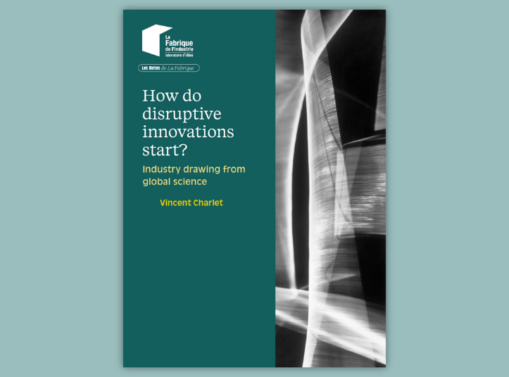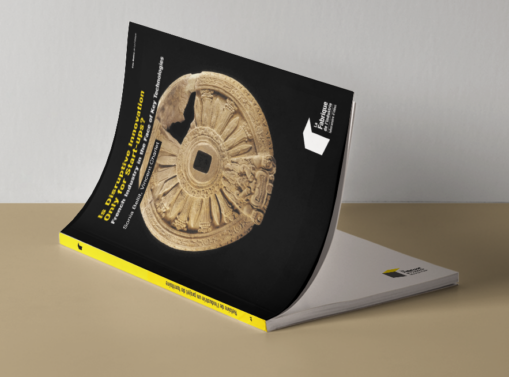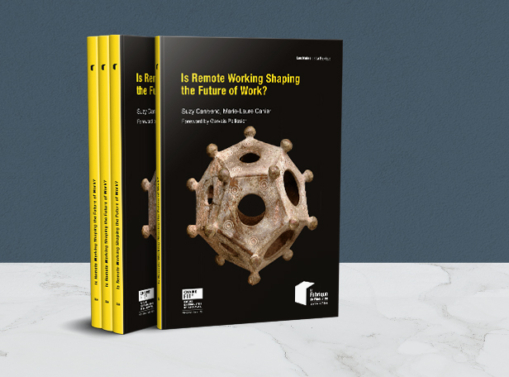The French notion of filière and its uses
The notion of “filière” is often viewed as specifically French. There is no equivalent term in English. Some economists equate it to a commodity system that gathers all the stakeholders involved in producing, processing and commercializing a product.
The evolving concept of “filière”
In recent years, the filière has generated new interest among both public decision-makers and economists. The term was initially proposed in the 1950s to analyze the industrialization of the food industry. From 1960 to 1980, it was used as a tool for planning policy, since this kind of policy requires an understanding of the links between different upstream and downstream industries and between the different parts of an industry.
In the 1980s, the notion of filière was no longer an approach to describe the different operations required to transform a raw material into a final product. It broadens, to consider the links between stakeholders and to integrate the impact of technologies in its development.
From the end of the 1980s, the concept of filière and its use attracted less attention due to globalization which had raised new challenges for the economy and new questions about vertical integration. 1990-2000 saw a sharp increase in sub-contraction, partnerships and alliances, which together formed the basis of what is known as vertical disintegration. In order to cover the complexity of production networks, the notion of filière began to include cross-sectoral cooperation, synergies, coopetition approaches, etc. Analyses of contemporary filières encompass other approaches, such as global value chains and supply chains.
The concept of filière has therefore significantly evolved over time to include an increasing number of aspects, i.e. transformations of the economic environment, changes in industrial strategies, and government choices.
Currently, the word filière is widely used in France, although no precise and universally accepted definition of the concept exists. The term can actually cover very diverse content. As V. Plauchu writes, “we talk about the ‘wood filière’, the ‘textilefilière, the ‘health filière’, the ‘electronics filière’, etc. The first is defined by a raw material, the textile filière by an intermediary stage, the health filière is based on a major function, and the electronics filière is a very general reference to a product”. This diversity illustrates how difficult it is to define the notion. In any case, the problems in specifying a filière (i.e. identifying its contours, structure and how it operates) make it more complicated to analyze.
No single method exists to divide the production system into filières, and the result is a variety of representations, analyses and initiatives. The way the term filière is used ultimately depends on the decisions we want to highlight. In extreme cases, it can be a communication tool benefitting from the latest trend.
However, its value goes beyond this superficial syndrome. The filière concept is a genuine tool for analyzing and devising strategic actions.
A reference tool for the French industrial policy
Filières constitute a reference framework to analyze companies’ strategies with a focus on their economic relationships, interactions, and different positions (e.g. balance of power, domination effects, spillover effects). For the public authorities, a filière is seen as a tool aimed at guiding the economic policy both at the regional and national level, identifying the gaps and opportunities in the coordination of interactions between the various stakeholders to produce, process or commercialize a product.
The notion of filière was updated with a project launched in 2009, the Etats Généraux de l’Industrie (EGI). The EGIs allowed to identify the French industry’s main plague, such as a lack of solidarity between the major industry leaders and their fragile supplier networks, and resulted in a consensus: a filière-based approach is the best option “to enable small and large companies to communicate with each other” and to stimulate the relationships based on partnerships and solidarity.
Filières have become a public intervention tool through the setting up of bodies working on developing platforms for cooperation between stakeholders or via incentive policies. The Conseil National de l’Industrie (CNI) (National Industry Council) gives momentum to filières. Its objectives include the promotion of pacts between interdependent industries. The council’s creation in 2010 coincided with the government’s launch of a new industrial filière strategy devised to “draw up a map of the French production for the 2020s”. This strategy involved selecting fourteen “strategic” filières identified by the new CNI according to their development potential and current significance in France in terms of jobs, leading companies,etc. Thus, the government hopes to “save what already exists”, “promote tomorrow’s filières” and “prepare the industry of the future”. In other words, this ambitious policy is based on a variable, and in fact very general, definition of filières. It brings together various measures to support competitiveness that aim to curb France’s deindustrialization.
One temptation is to “format” the different key planks of the industrial policy, such as corporate aid, and slot them into a France divided up into several filières. This is not, however, the most efficient way of splitting them up: it can lead to distortions and reduce the visibility of private stakeholders that operate in a cross-cutting, inter-filière way.
The need to consider alternative approaches
Collaboration within filières often competes with other types of useful or complementary cooperation. For instance, many specialists in generic technologies (embedded software, electronics, numerical/digital simulation) work for clients from a wide range of sectors and filières. Under which filière should these companies be ranked?
In a similar vein, geographical networks (local production systems, competitiveness clusters, company clusters, etc.) sometimes involve different stakeholders in a region to work on cross-cutting projects. The effects of cross-fertilization generated by these clusters cannot be ignored.
This raises questions as regards the need to interconnect the policy on filières with other approaches to reflect the stakeholders’ diversity.
The case of Germany is particularly instructive. Although vertical cooperation and inter-company solidarity throughout the value chain are crucial in Germany, the country’s industrial policy is not organized around filières. Government action centers more on a general policy to support the competitiveness of the industrial system, with a particular focus on establishing a regulatory framework conducive to economic development (business climate, professional qualifications, etc.).
The aim of the present document is not to judge the relevance of the current government policy on filières, but rather to examine this concept, which over time has become a reference framework to analyze the strategic choices made by companies and public authorities.
Our work is organized around five chapters.
The first looks at the notion of filière and its evolution. It describes how this concept contributes to understanding the transformation of production systems and devising decision-making tools for companies and public authorities. The second chapter includes an overview of the recent measures taken to support filières and reviews the setting-up of these measures as a result of the Etats Généraux de l’Industrie. The third chapter identifies the filières good practices, especially in the “transport” filières. The fourth presents additional approaches and examines the opportunities to connect them to a policy of filières. The fifth chapter looks at the German approach in terms of industrial policy choices. It underlines the priority given to horizontal policies.




